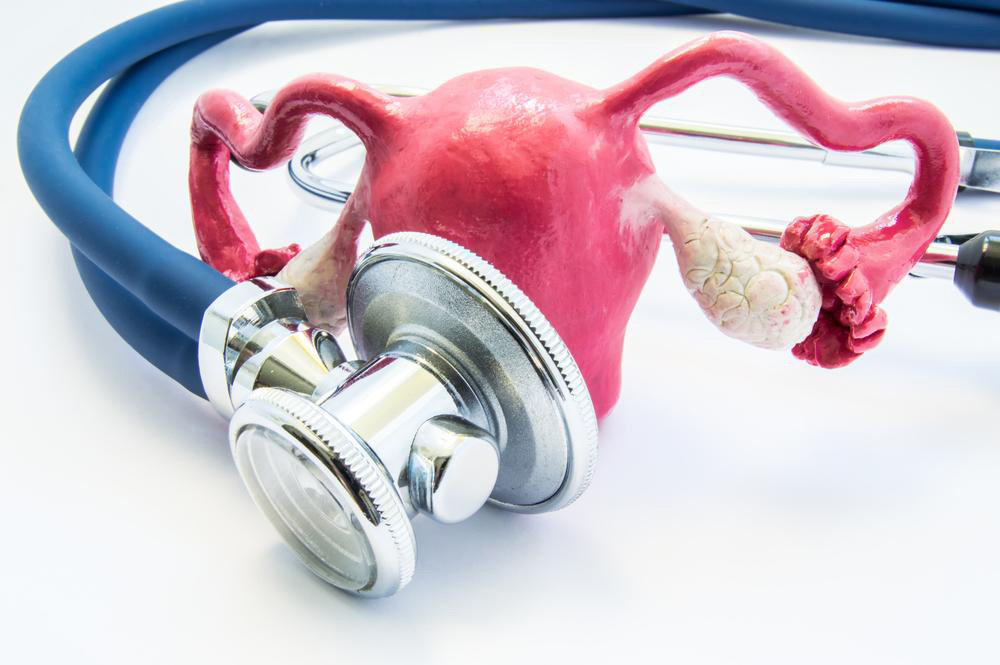Understanding the Tubal Reversal Procedure: A Complete Guide
Discover the complete process of tubal reversal surgery, from preparation to day-of procedure details. This outpatient surgery offers women a chance to restore fertility by reconnecting their fallopian tubes. Learn about the assessment process, surgical steps, recovery timeline, and costs involved. Consult with your doctor for personalized guidance on this fertility-enhancing option and understand what to expect before, during, and after the procedure.

What is the Process of Tubal Reversal Surgery?
Many women initially opt for tubal ligation after childbirth or at their own discretion, believing they won't conceive again. However, if your circumstances change and you desire pregnancy later in life, a tubal reversal can restore fertility by rejoining your fallopian tubes. This outpatient surgical procedure aims to reconnect the tubes, increasing the chances of conception.
Preparation Before Surgery
Before undergoing tubal reattachment, your doctor will evaluate several factors:
Age and overall health
Type of previous tubal procedure
Remaining length and condition of the fallopian tubes
Your health, ovarian function, and the status of your reproductive organs will be assessed through physical exams, blood tests, and imaging, such as hysterosalpingography (HSG). Your partner’s fertility will also be examined via sperm analysis to ensure proper fertility potential before surgery.
Day of the Procedure
Tubal reversal is typically performed as an outpatient procedure under anesthesia, so overnight stay is usually unnecessary. A laparoscope is inserted through a small incision, allowing the surgeon to examine the tubes. If suitable, small clips or rings used previously are removed, and the tubes are carefully reattached using microsurgical techniques. The entire operation generally lasts 2 to 3 hours.
Recovery usually takes about one to two weeks, with many women resuming work by the second week. Consult your doctor for personalized post-operative guidance.
Procedure Costs
Note that insurance often does not cover tubal reversal surgeries. Expenses for the operation, anesthesia, hospital or outpatient center fees can amount to several thousand dollars, depending on various factors.










